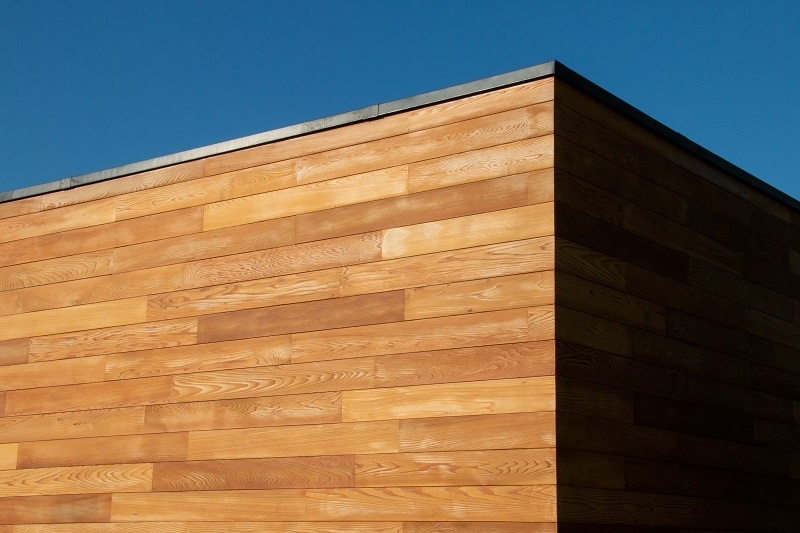The origins of Cedar cladding
Published: 25/01/23 By: Mike Bekin
From Western Red Cedar to Cedro, cedar has become one of the most popular choices for external cladding. Over the past few years, the number of builders choosing to protect their external walls with this beautiful wood has skyrocketed! But the truth is that cedar has actually been used to create buildings for centuries. Read on to find out more.
Cedar: The Tree of Life
Thousands of years BC, the cedar tree became known as the Tree of Life. For the aboriginal people of British Columbia’s Pacific Coast, it was steeped in spiritual significance but was also a very important building material. As nations developed homes were built and bridges were erected using cedar, thus it became a foundation of society.
From cedar bark rope to clothing, the people found almost endless uses for this timber! North American longhouses, which were the important centres of native worlds, were created from huge cedar logs. Here cedar cladding also began to be used. Massive slabs of cedar bark were used to cover long houses, creating a layer that was both protective and aesthetic.
Some of these buildings are still intact today, many thousands of years later. If that is not a testament to the durability of cedar, we do not know what is!
Why Was Cedar Used For Cladding?
The people who began using cedar knew almost instinctively what we now take as fact: cedar is one of the most durable and easy timbers to use. For exterior purposes, its durability and resistance to rot makes it an ideal, low maintenance choice. Remember, it was used in the days before preservative treatments were commonplace, but it still stood the test of time!
For cladding, cedar has many benefits. It is very easy to work with, which is a perk when constructing large buildings, and it has very little shrinkage, helping it to last longer. Cedar also offers brilliant thermal insulation, making it a great choice for cladding which will keep you warm in the winter and cool in the summer.
Can You Glue and Paint Cedar?
Nowadays when using timber for cladding, it is common to use glues, stains and paints: because of the natural low resin content of cedar, it can hold all these very well. However, Western Red Cedar is so beautiful and naturally durable that you may not want to paint it at all!
UK vs Canadian Cedar
You can commonly find British and Canadian Western Red Cedar. But what are the differences between the two? To begin with, British cedar is usually paler than its Canadian counterpart; it is also more consistent in colour but contains many more defects (knots) Canadian cedar, which is denser because of its slower growth, making it stronger and more durable.. At opposite ends of the market, cheap fast grown knotty British Cedar is a perfectly acceptable budget choice for external cladding, or the beautiful Canadian Cedar is ideal for prestigious, long lasting high end projects.
Always Choose Sustainable Cedar
To help protect the forests of both Britain and Canada, it is imperative you choose sustainable cedar timber. This wood has been sourced from independently certified forests that follow responsible practices, such as maintaining biodiversity and allowing natural re-growth. If you are on the hunt for sustainable cedar wood, get in touch with our team at EcoChoice today and we can help.
Image: Radoslav Cajkovic / Shutterstock.com
